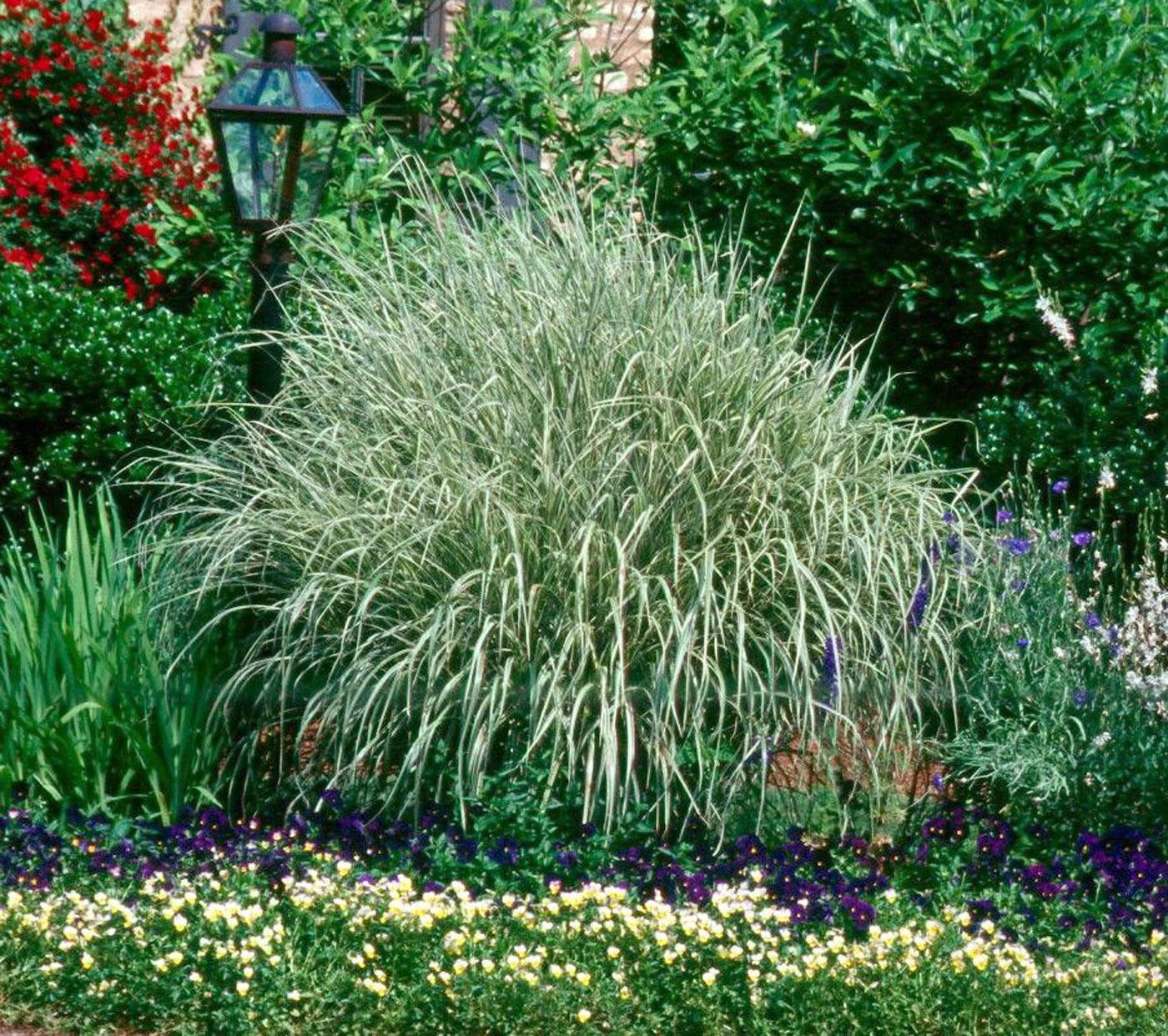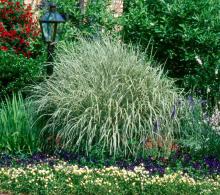Information Possibly Outdated
The information presented on this page was originally released on August 4, 2003. It may not be outdated, but please search our site for more current information. If you plan to quote or reference this information in a publication, please check with the Extension specialist or author before proceeding.
Ornamental grasses make neighbors green
By Norman Winter
MSU Horticulturist
Central Mississippi Research & Extension Center
In just a few short weeks, many gardeners are going to be jealous of their neighbors simply because of ornamental grass.
Growing ornamental grass is a lot easier than you think. The first suggestion would be to make beds large enough that the grasses can reach their full potential in size and elegance.
More important with ornamental grasses than almost any other plant is to remove competing vegetation before planting. Many disgruntled gardeners have found that aggressive Bermuda grass or vines make themselves at home intermingled with the ornamental grass clump. Apply a non-selective herbicide or remove with a hoe. Stubborn grasses may need a second herbicide application.
Plant nursery-grown transplants in loose, well-prepared, organic-rich beds. Incorporate 3 to 4 inches of peat or compost to improve drainage and aeration. While tilling, add 2 pounds per 100 square feet of a 12-6-6 slow-release fertilizer with minor nutrients.
Plant at the same depth they are growing in the container, placing the crown of the plant slightly above the soil line. Water the grass thoroughly after planting to remove any air pockets and settle the soil. Add a good layer of mulch after planting to prevent rapid loss of moisture from evaporation and to prevent weed seeds from germinating.
So where should you start? Consider one or two of the Miscanthus varieties. Miscanthus gives us some of our prettiest choices of ornamental grasses: the maiden-grass, green-foliage types, and the variegated versions, such as Japanese Silver Grass and Zebra Grass.
The fountain grasses, or Pennisetums, have some of the most eye-catching foliage and flowers for the landscape. Hameln is a dwarf form that reaches only 24 to 30 inches in height and boasts showy plumes from midsummer through fall. Moudry has black, 12-inch plumes on 24-inch-tall plants.
The most popular is purple fountain grass, or Pennisetum setaceum, an annual grass for most of the South. Its purple foliage and arching plumes make it worth every cent.
New grasses are showing up every year, giving more choices than even the ardent grass lover could have dreamed. The Mexican feather grass and Red Bunny Tails fountain grass are two prime examples. And who would have ever thought that a millet called Purple Majesty would become an All-American Selections winner?
Blooming ornamental grasses add a new dimension to the landscape. Gardeners know that vines add a vertical element, but grasses do something few people think about -- they move.
A garden with several species of grasses planted closely together performs a dance in the wind that no choreographer could duplicate. Back and forth they move as the wind dictates -- slow and gentle, fast and swirling. They mesmerize everyone who is watching.
They do something else that is incredible: they glisten like they have a coat of ice when backlit by the setting sun or landscape lighting. And speaking of ice, the frosty kiss of those cold fall mornings makes ornamental grass the prettiest plant in the landscape.
Cut back the grass in February before any new growth appears. Trim back from ground level to 6 or 12 inches, depending on the grass. After you cut back, side-dress with an application of the 12-6-6 fertilizer, then again in midsummer. Keeping the bed well mulched and watered during the summer pays off with a healthier, happier-looking plant.
The truth is that you don't have to enroll in design school to learn how to use ornamental grass. It is almost as simple as digging a hole, planting the grass and tucking in a few of your favorite blooming flowers. Try mums, lantana, zinnias or salvias.
You don't have to get green with envy this year because there is still time to plant, and still time to have your own wispy plumes. Make this the weekend to plant yours.








